June in Ningbo marks the onset of early summer. The humid and sweltering weather easily causes perspiration. At this time, beverages such as coconut water and coconut juice become perfect choices for refreshing and cooling down. From coconuts, coconut water, coconut juice, coconut milk, to raw coconut lattes and coconut shell fibers, every part of the coconut is valuable. Do you know the customs classifications for these coconut products?
1. Coconut
Coconuts originate from Indonesia, the Pacific Islands, Asia, and Southeast China. By 2021, approximately 93 countries and regions worldwide cultivate coconuts, with the Philippines being the largest producer. In China, coconuts are predominantly grown on the southern islands of Guangdong, the tropical regions of Leizhou Peninsula, Hainan, Taiwan, and southern Yunnan.
Summer fresh coconuts are a refreshing treasure from nature. Whether enjoyed with a straw on the beach or as a chilled dessert, their abundant juice and smooth texture evoke images of swaying coconut groves and serene blue summers—each sip is a tropical-inspired liquid poem.
"Fresh coconuts" are specifically classified under heading 08.01. According to General Rules of Classification I and VI, they should be categorized as unshelled coconuts under 0801.1200.
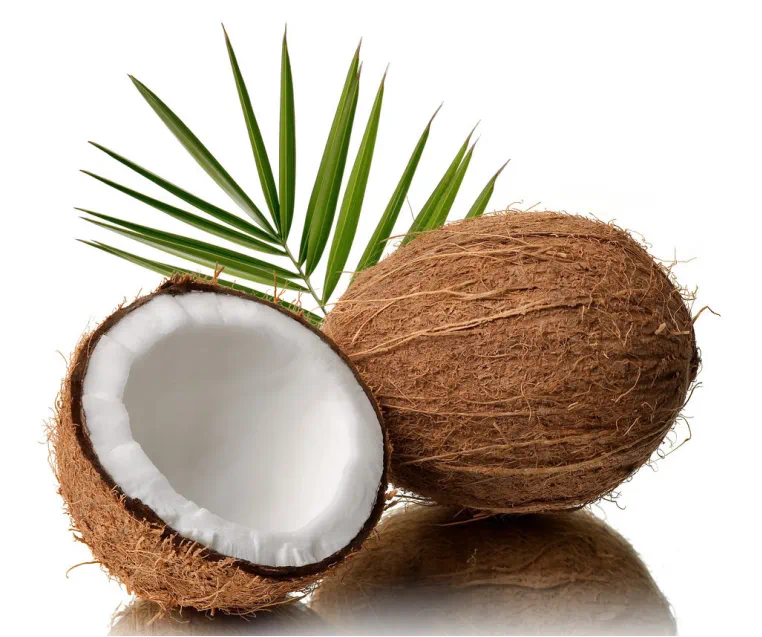
2. Fresh coconut water
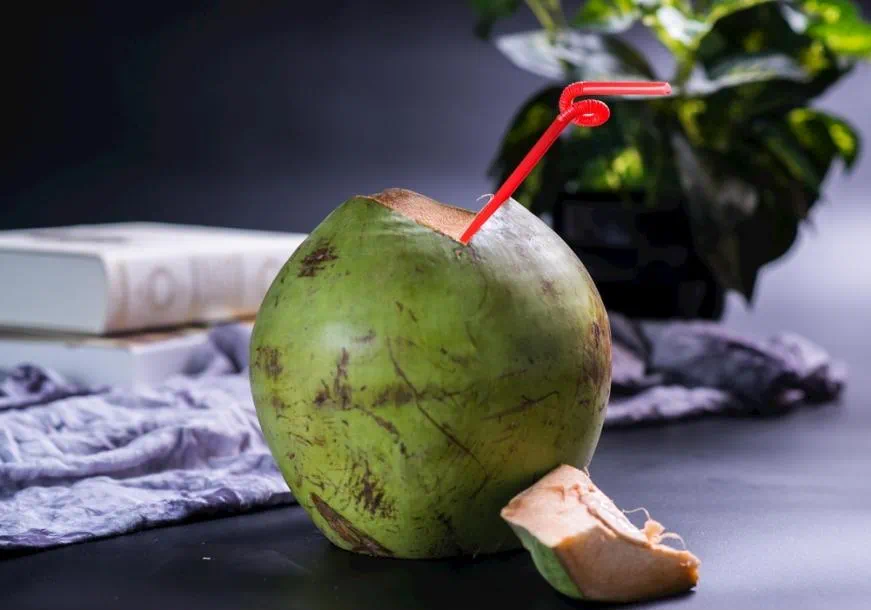
When summer arrives, supermarkets are stocked with green-brown fresh coconuts. Gently crack open the shell, and the clear coconut water shimmers softly. Insert a straw and take a deep sip—the cool, sweet liquid, accompanied by a subtle milky aroma, flows down your throat as if infusing your body with the sea breeze of an entire coconut grove. Free of any artificial sweetness, it derives its pure flavor solely from the natural warmth of tropical sunlight. With each sip, you can discern the intricate, refreshing sweetness of flora, like dancing a delicate island ballet on your tongue, instantly relieving the oppressive heat and fatigue. Beyond its delightful taste, coconut juice is rich in essential minerals like potassium and magnesium. Its composition mirrors that of intracellular fluids, helping to correct dehydration and electrolyte imbalance while providing diuretic and swelling-reducing benefits.
"Fresh coconut water" is explicitly categorized under the provisions and annotations of heading 20.09. Following the General Rules of Classification I and VI, it falls under other unmixed fruit juices, specifically 2009.8919.
3. Coconut milk
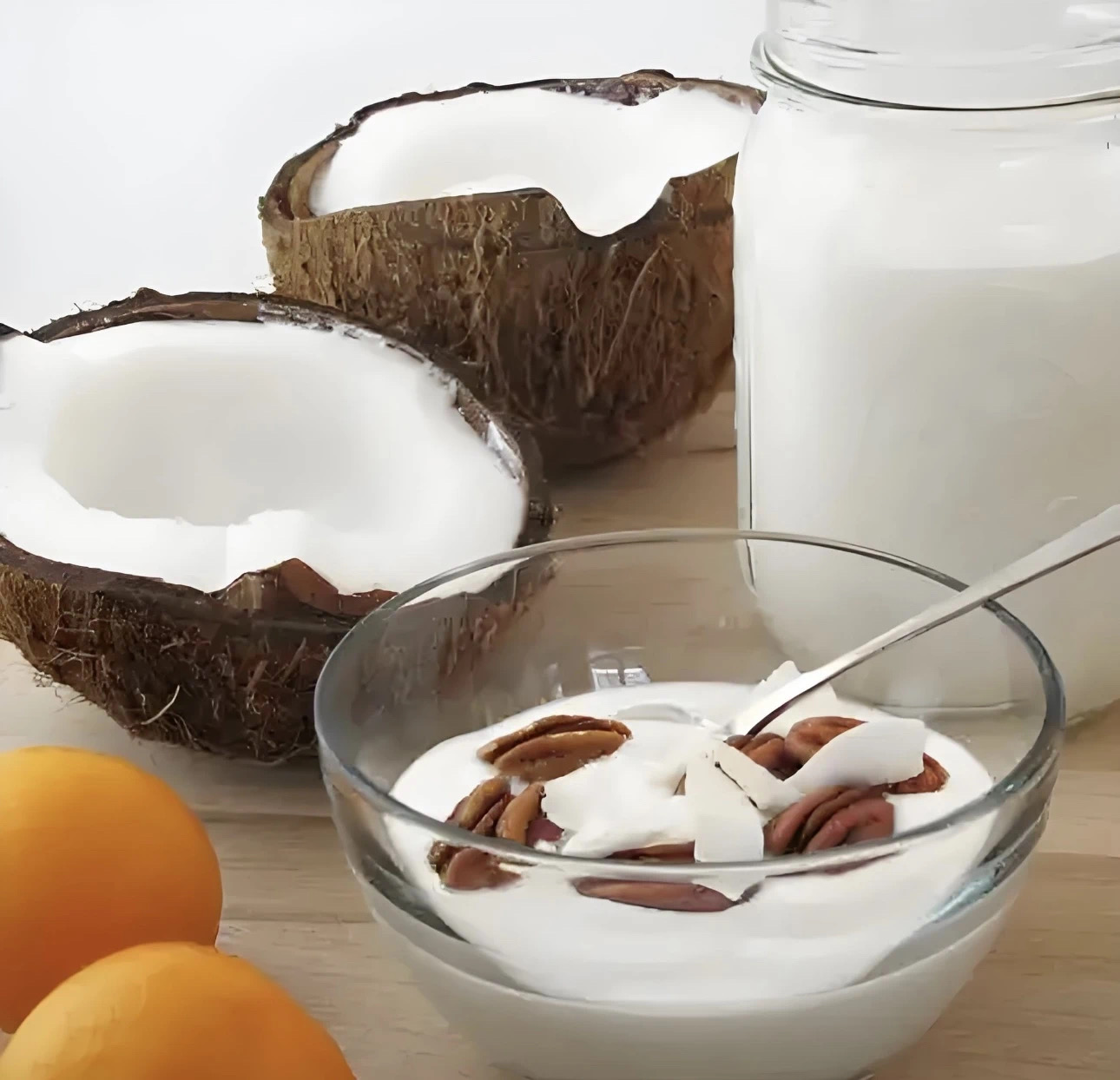
Coconut milk is a white, opaque, thick liquid obtained by pressing, filtering, homogenizing, sterilizing, and processing the white pulp (coconut flesh) attached to the inner shell of the coconut. To prevent the phenomenon of oil-water separation in coconut milk, an appropriate amount of stabilizers and emulsifiers may be added. Additionally, a small quantity of other substances can be incorporated, provided these additions do not alter its fundamental characteristics.
Coconut milk is not suitable for direct consumption but is widely used in cooking, serving as a central ingredient in Southeast Asian, South Asian, and tropical cuisines. Its applications include curries (such as Thai green curry), soups (like Malaysian Laksa), desserts (e.g., coconut milk glutinous rice), and beverages (such as coconut milk lattes). It is also utilized in the preparation of various baked goods and dessert drinks.
The composition and processing techniques of "coconut milk" exceed the commodity scope of Chapter 8 and do not conform to the requirements of headings 20.08 and 20.09. According to General Rules of Classification I and VI, it should be classified under 2106.9040 as coconut juice.
4. Coconut juice beverage
By mixing coconut milk with water, sweeteners, and other ingredients, a beloved coconut juice beverage is created. The Coconut Palm brand coconut juice stands as a classic example of China's coconut beverages. For over 30 years, the Coconut Palm brand coconut juice has adhered to the process of pressing fresh coconuts, retaining a natural coconut aroma with a rich, smooth texture and optimal sweetness, making it a memorable taste for a generation. Whether enjoyed chilled directly or paired with a meal, it delivers a refreshing experience.
"Coconut juice beverage" does not fall under headings 20.08 or 20.09 commodities but exhibits distinct beverage characteristics. According to General Rules of Classification I and VI, it is classified as other non-alcoholic packaged beverages under heading 2202.9900.
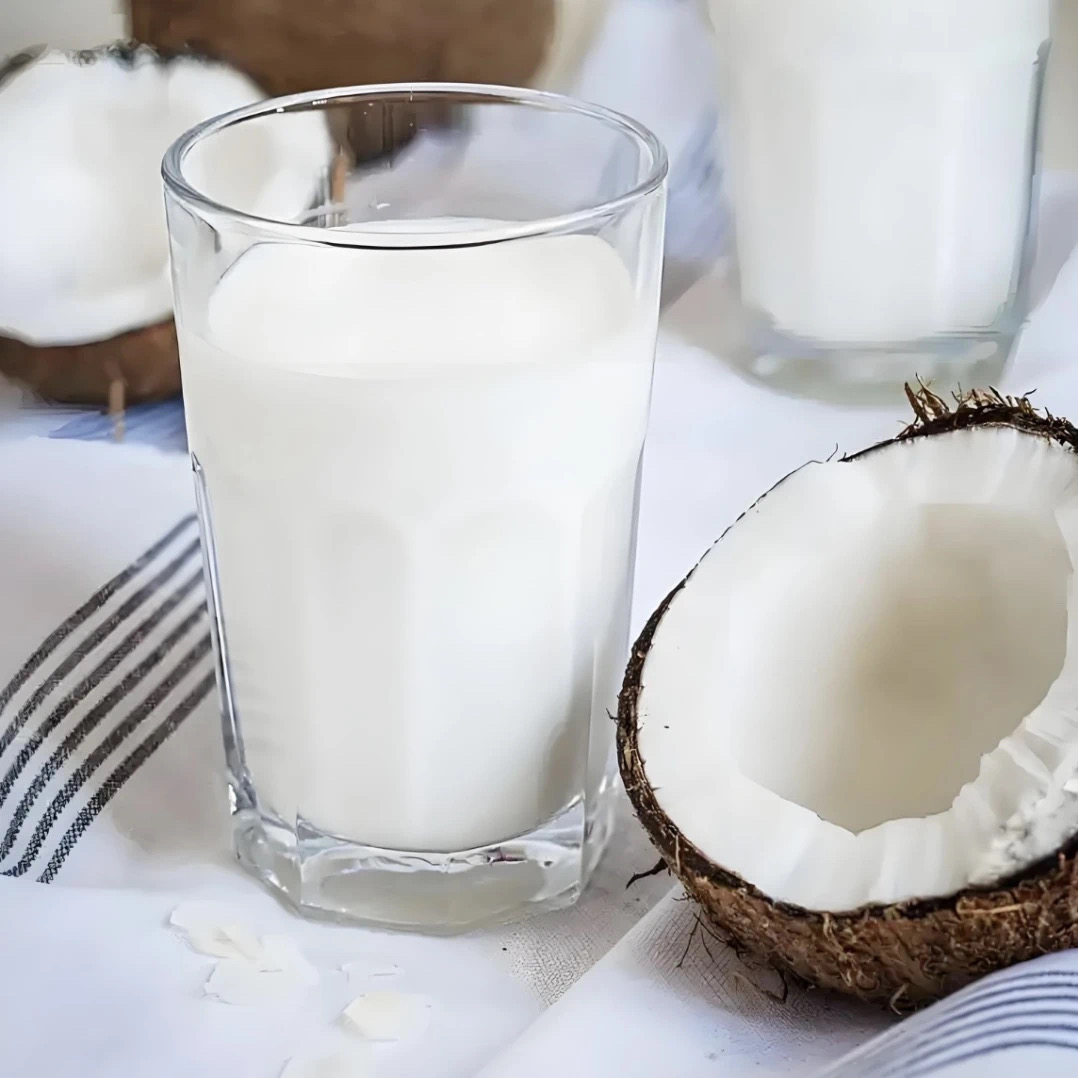
5. Raw coconut latte
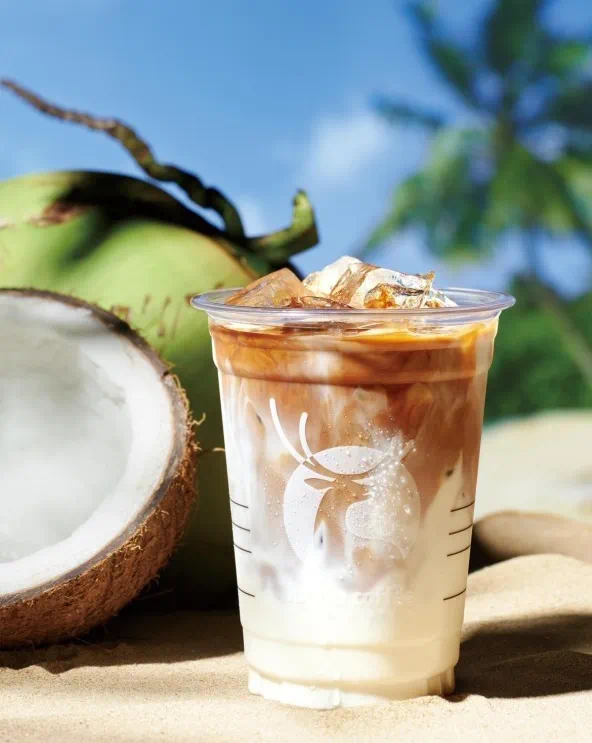
The raw coconut latte, a trendy beverage in the domestic coffee market in recent years, combines coconut cream or coconut milk with espresso to create a uniquely rich, smooth, and refreshing flavor. This beverage, initially launched by Luckin Coffee in 2021, quickly gained popularity. Its exceptional combination of "coconut aroma + coffee" has crowned it as a "viral hit" among young consumers and even sparked a nationwide purchasing frenzy.
The allure of the raw coconut latte lies in its harmonious taste—the natural sweetness of coconut milk counterbalances the bitterness of coffee while preserving its rich aroma, making it suitable for individuals with lactose intolerance to enjoy without concern. Its light and non-overwhelming characteristics make it particularly fitting for summer. Enhanced by its "plant-based" and "low-burden" health credentials, it has successfully engaged new consumer demographics seeking trends and wellness.
The composition of the "raw coconut latte" does not align with heading 21.01 requirements. As per General Rules of Classification I and VI, it is classified under tariff line 2202.9900 as other non-alcoholic beverages.
6. Coconut shell fiber
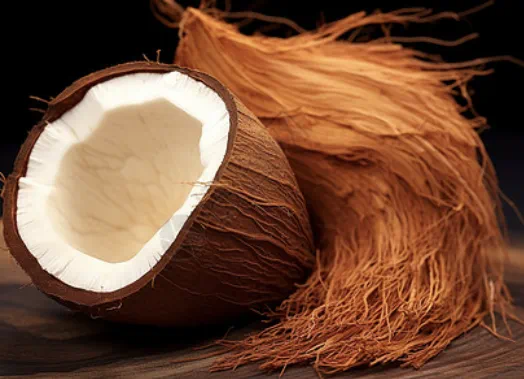
The coconut is a treasure trove—beyond just satisfying culinary cravings, its shell fiber—a fully biodegradable and eco-friendly material—is ingeniously derived from coconut shells.
The durable coconut shell fiber is extracted from coconut shells through processes such as soaking, beating, and combing. It exhibits excellent resistance to salt, alkali, and moisture, along with remarkable breathability and elasticity, ensuring long-term performance stability even in humid conditions. Coconut shell fiber finds extensive application in the production of horticultural substrates, mattress padding, non-slip carpets, industrial ropes, and brushes. It plays a pivotal role in agriculture, domestic products, and environmental protection, achieving high-value utilization of coconut byproducts while aligning with the principles of modern sustainable development.
"Coconut shell fiber" is explicitly listed under heading 53.05. According to General Rules of Classification I and VI, it should be classified under 5305.0092.
Disclaimer:The above content is translated from Chinese version of Alayongguan. The Alayongguan version shall prevail.